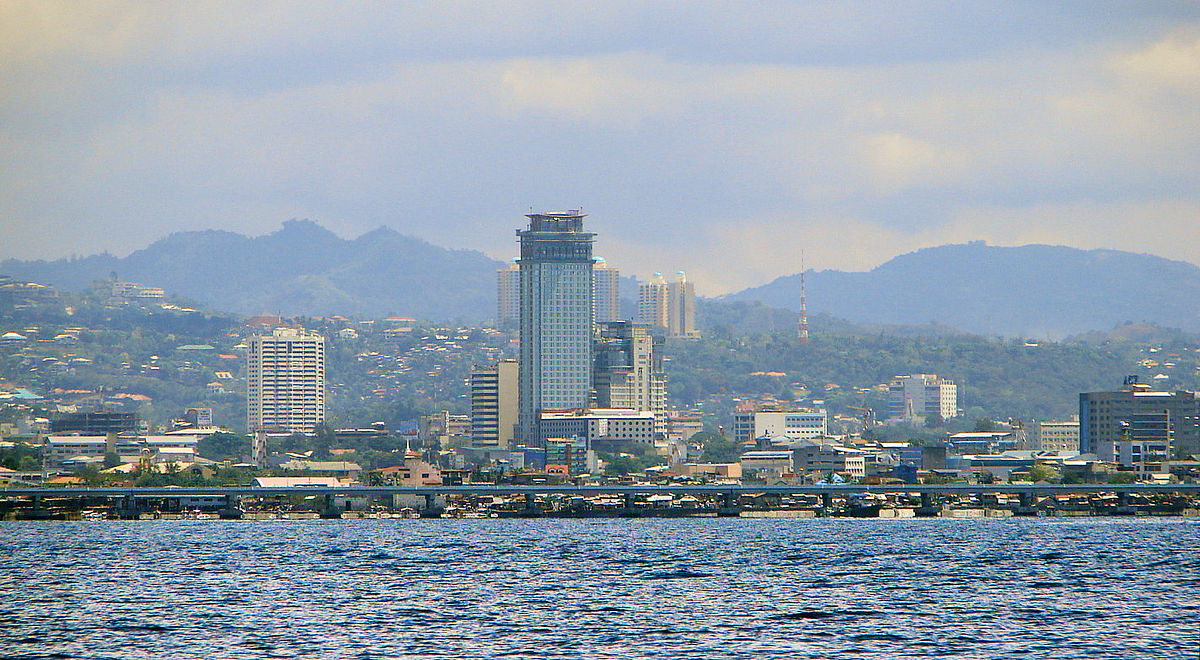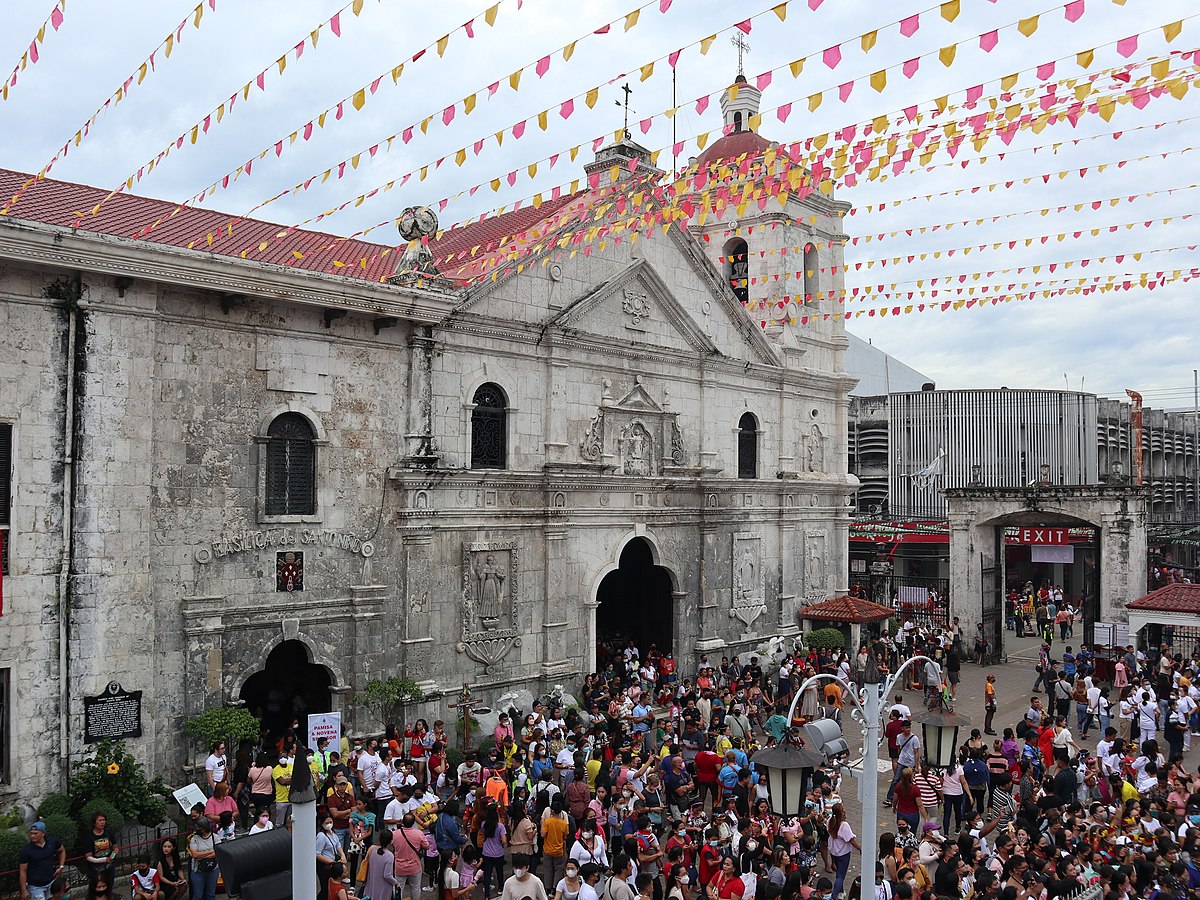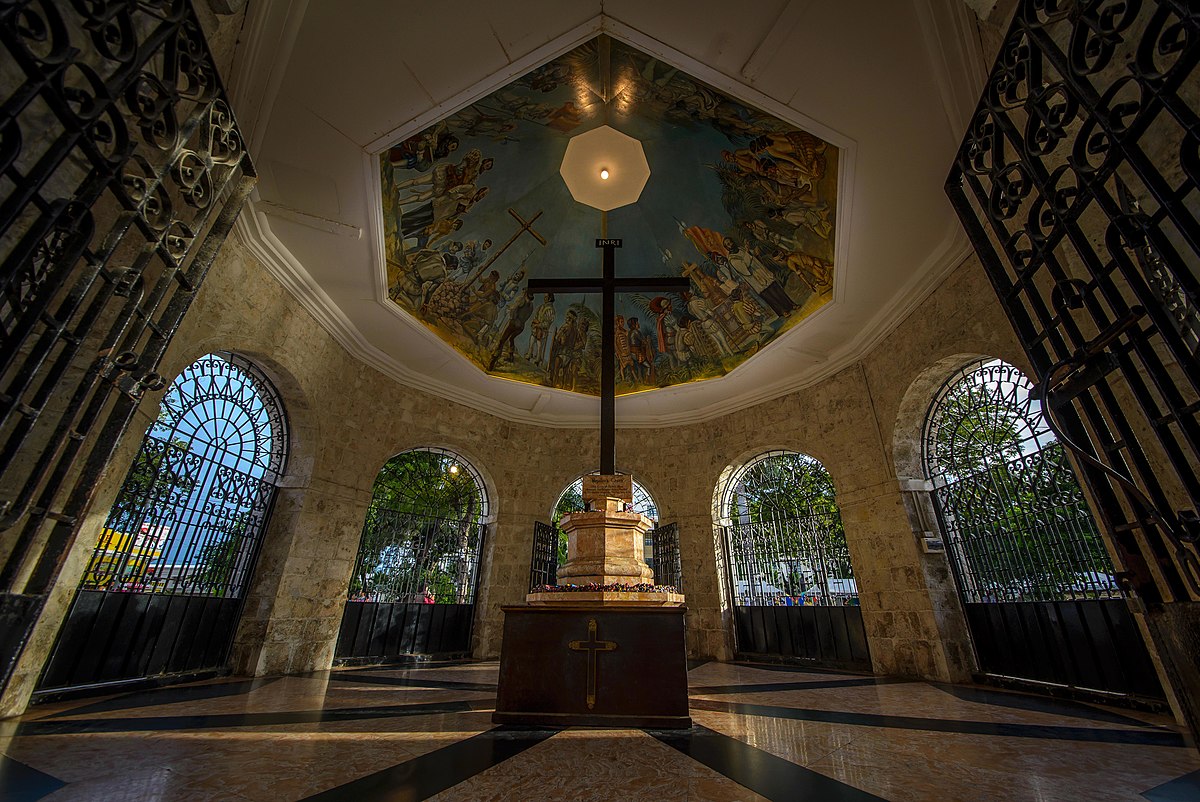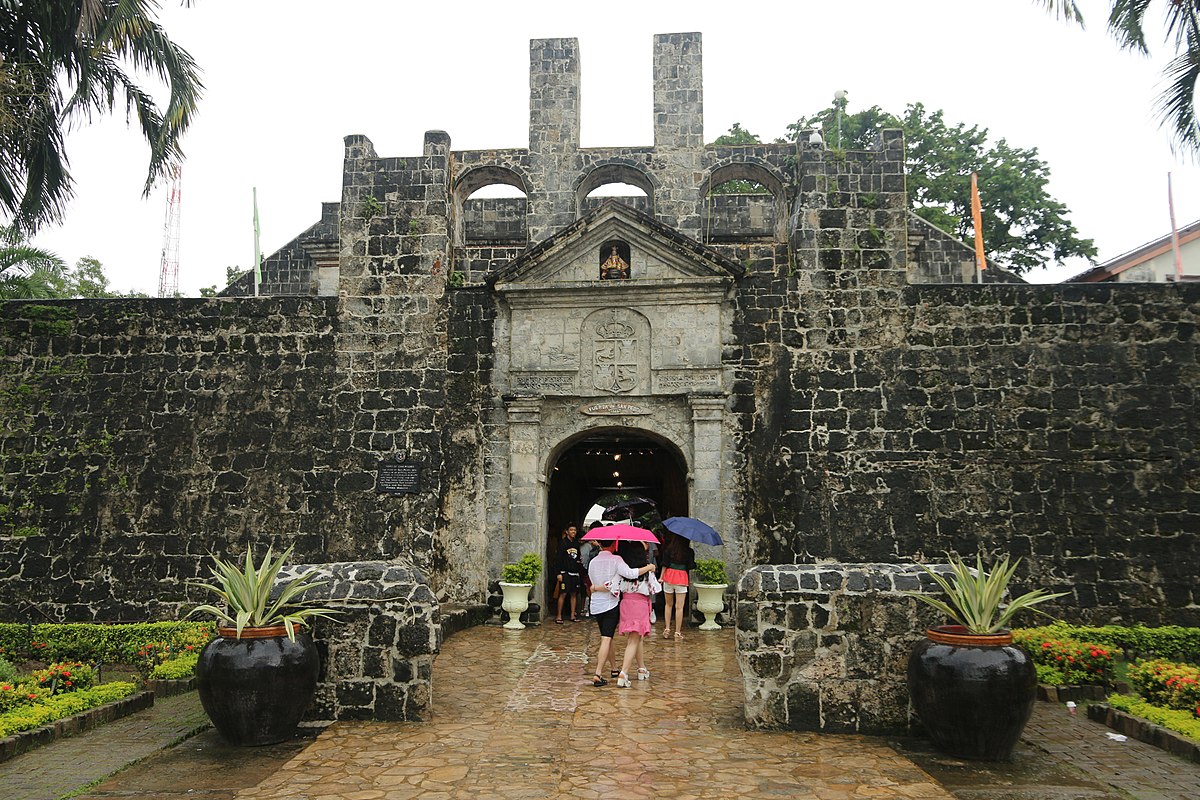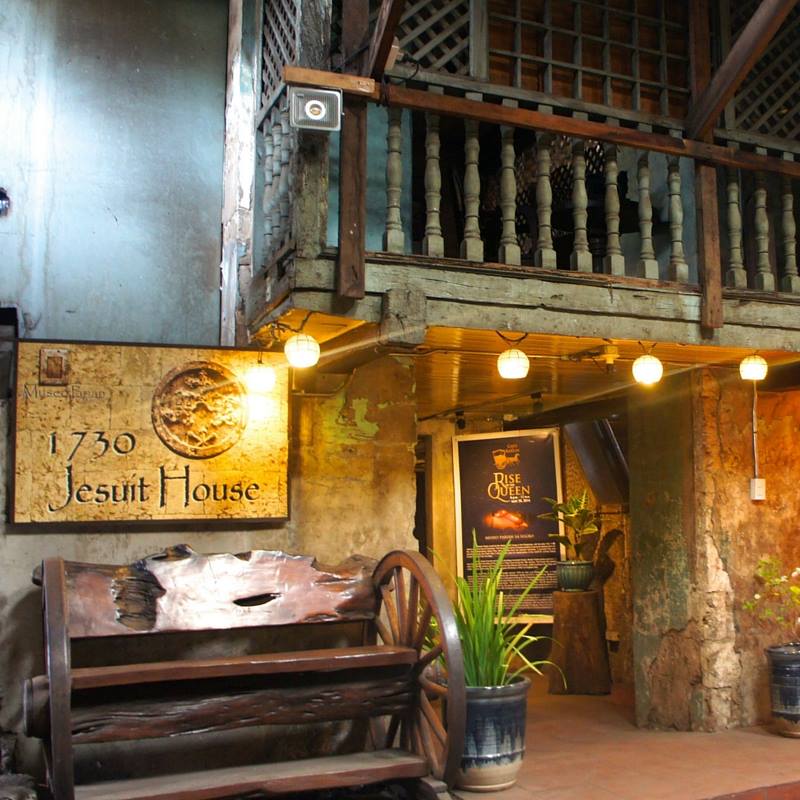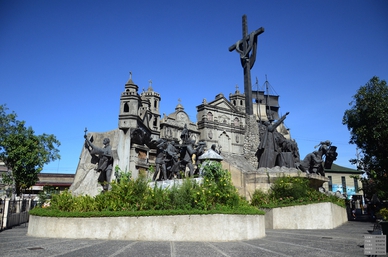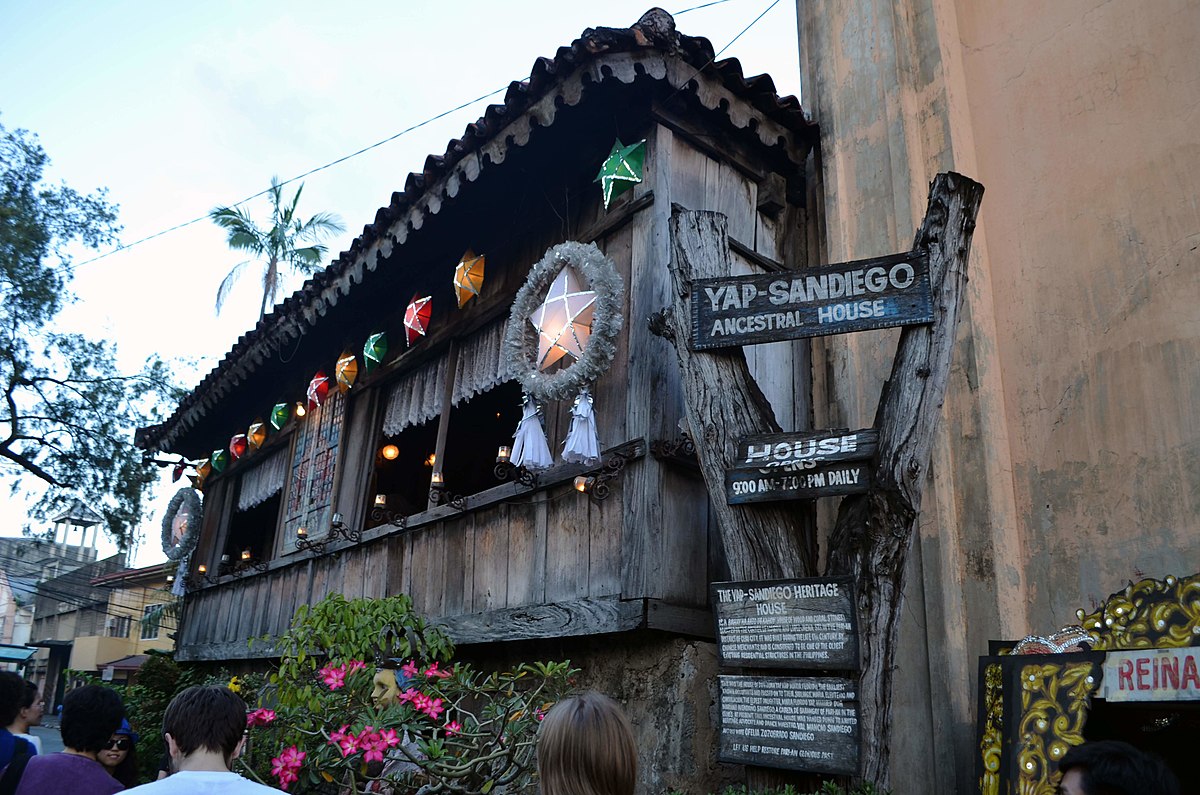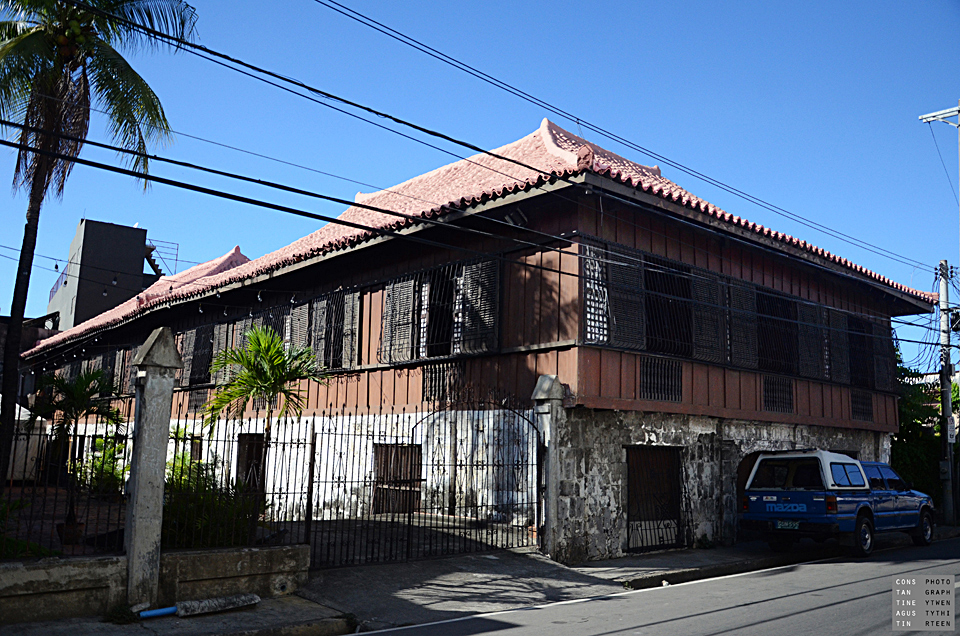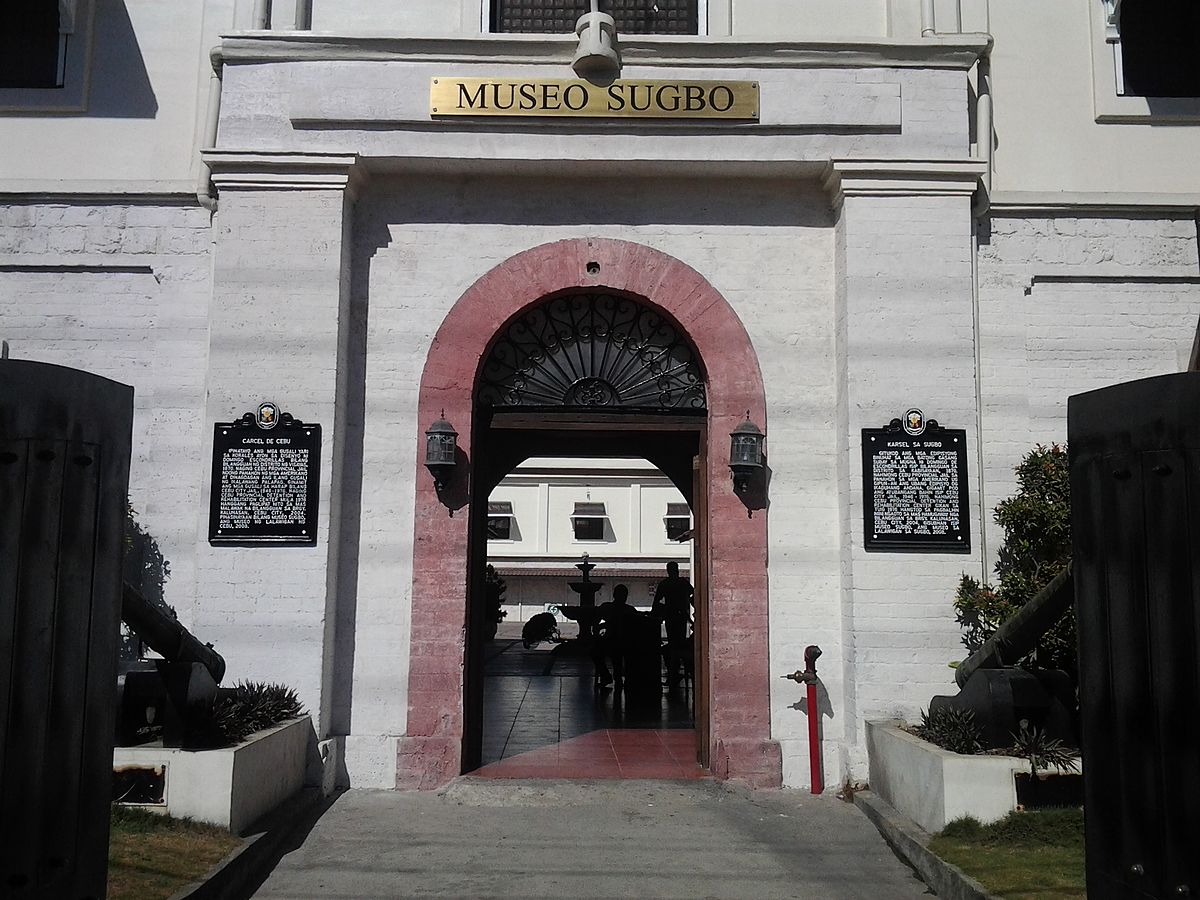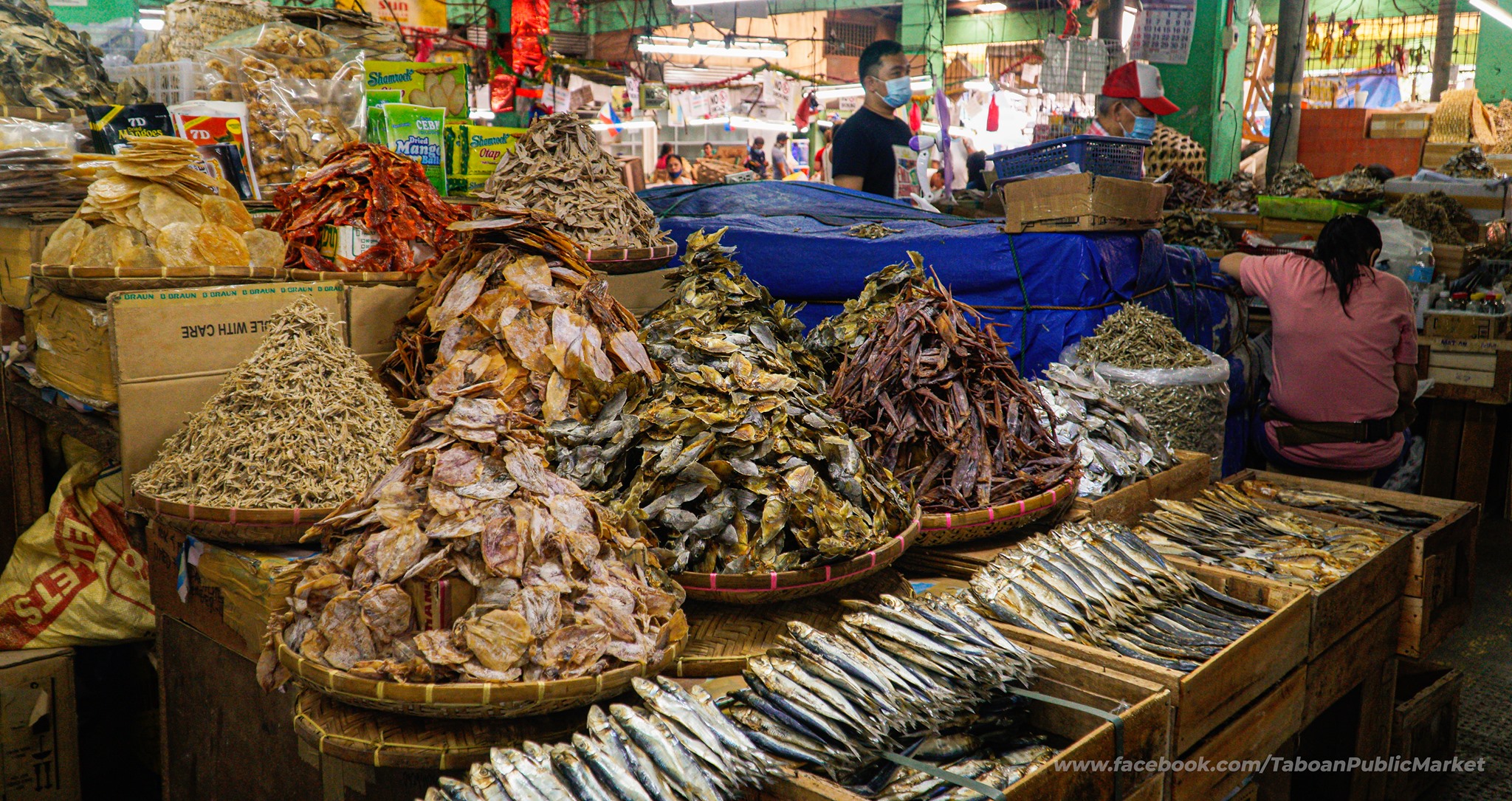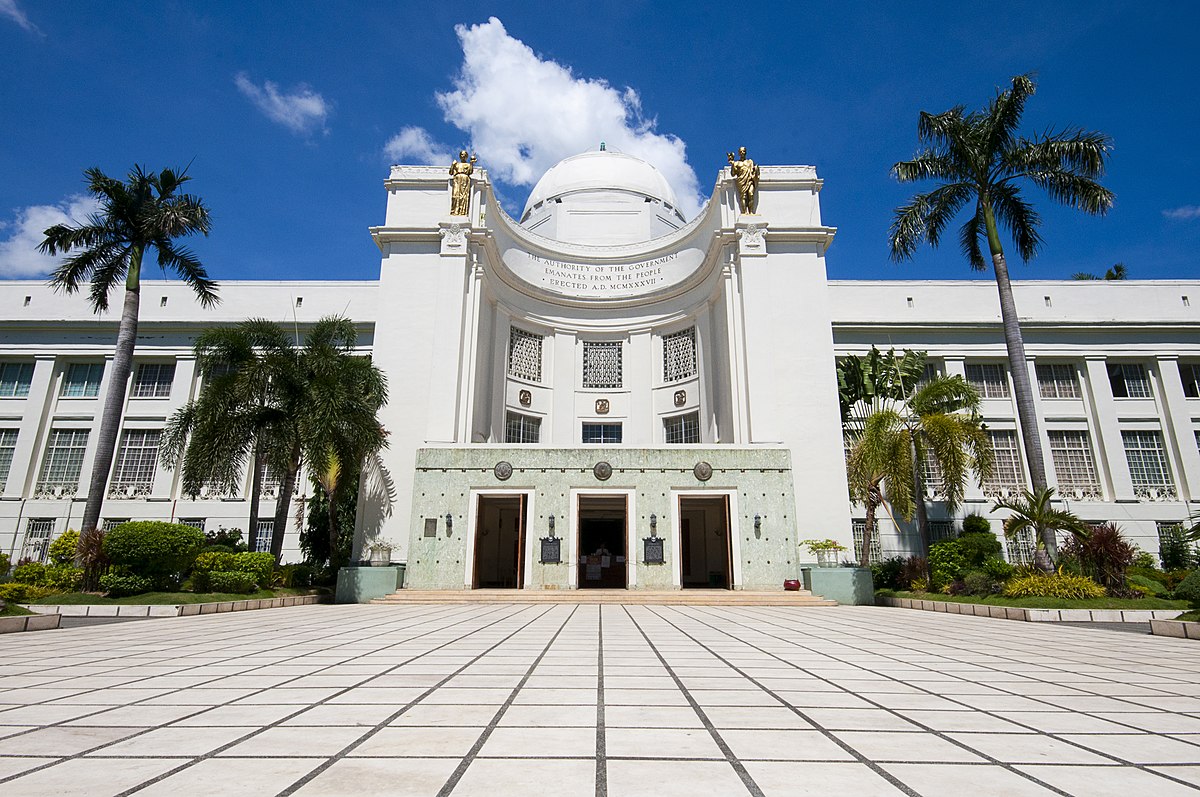Welcome to Cebu City in Cebu, and welcome to Anthro on Foot's walking tour! This is a self-paced
walking tour
that features key heritage sites and cultural highlights in the area. We hope you enjoy this tour as
much as we
enjoyed curating it!
The precolonial history of Cebu City is deeply rooted in the rich tapestry of indigenous cultures
and societies that thrived in the region long before the arrival of European colonizers. The
earliest settlers were Austronesian-speaking groups who engaged in fishing, farming, and trade. Cebu
was recognized as "Sugbu" or "Zubu," functioning as a vibrant trading hub frequented by merchants
from China, Thailand, the East Indies, and the Arabian Kingdom.
One of the most well-known precolonial entities in Cebu is the Rajahnate of Cebu, a polity led by
local rulers known as Rajahs. The most famous of these rulers was Rajah Humabon, who played a
significant role in the early interactions with the Spanish explorers.
In 1521, the Portuguese explorer Ferdinand Magellan reached Cebu, where King Humabon, the reigning
monarch, extended a warm welcome. During this period, King Humabon, Queen Juana, and 400 attendants
embraced Catholicism.
Magellan marked this historic occasion by raising a cross and presenting the Santo Niño, an icon
depicting the youthful Christ. Despite Magellan's defeat and demise at the hands of Lapu-Lapu, the
leader of Mactan Island, Cebu witnessed the arrival of Legazpi and Urdaneta with the Spanish forces
on April 28, 1565. They initiated settlement and established significant landmarks like the Santo
Niño Church, the University of San Carlos, and Coron Street, signifying the inception of the first
church, university, and street in the Philippines.
